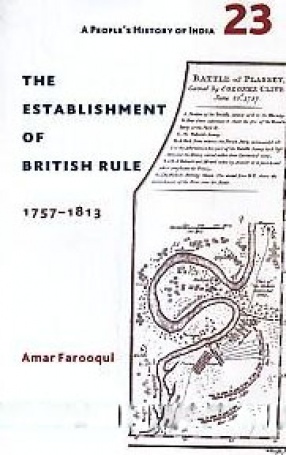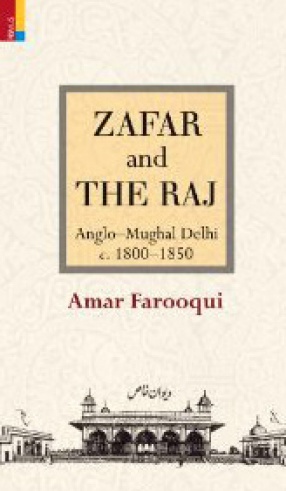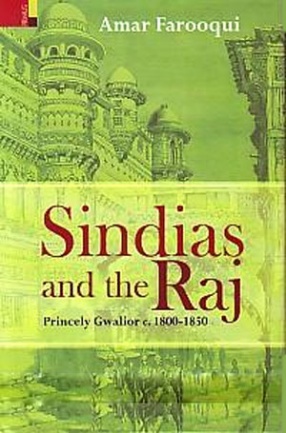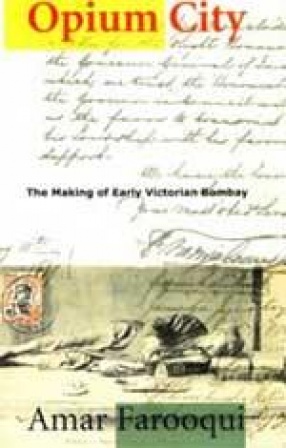


Zafar and the Raj is a study of the formative phase of the history of colonial Delhi, a phase that from its duality, social and political, may be referred to as Anglo-Mughal. From 1803 onwards there were actually two centres of authority in the imperial city: the Residency and the Palace. The competing influence of the Palace determined the manner in which colonial authority was established in Delhi-and marked the limits of this authority. Simultaneously, the ...

Sindias and the Raj is a study of the Sindia state of Gwalior during the colonial period. It traces the history of one of the leading princely states of the British Indian empire, from its first major military encounter with the British at the beginning of the century, to the eve of the Revolt of 1857. In doing so the book explores the fascinating factional conflicts at the Gwalior durbar and the connections these had with the politics of the powerful Sindia ...

This book is a general introduction to early social formations. It traces the historical evolution of societies from the origins of humankind to the decline of the Roman empire and rise of Islam. The main focus of the work is on Europe, West Asia and Egypt. The themes discussed in it include beginnings of food production, emergence of bronze age societies, ancient Mesopotamian and Egyptian civilizations, Greco-Roman antiquity, slave mode of production, and the ...

Colonial Forest Policy in Uttarakhand examines the roots of the Uttarakhand problem--the backwardness of this Himalayan region--which lie in the nature of colonial intervention in the area. Since British forest policy was the main instrument of colonial exploitation of Uttarakhand, this study looks at colonial forest legislation, the disruption it caused and the resistance to it. This book also explores some of the other ways in which colonialism touched upon the ...

It was primarily opium that linked Bombay to the international capitalist economy and the western Indian hinterland in the nineteenth century. The essays in this book explore the linkages between the opium enterprise of western India and the creation of early Victorian Bombay. They dwell on some of the prominent features of urban development which reflect the relationship of collaboration and conflict between the capitalist class of the city and British colonial ...
